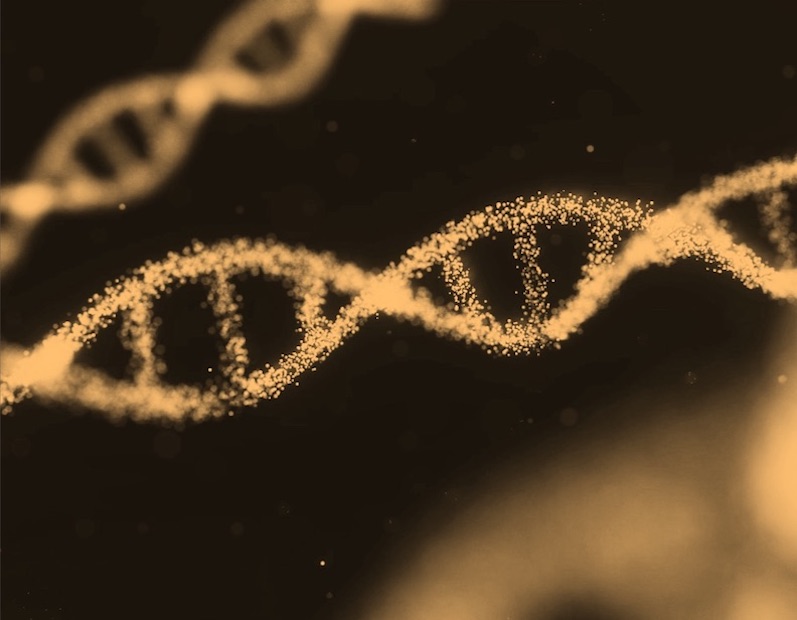What is it about?
This review summarizes current progress in understanding the microbiome of the cattle reproductive tract and its functional importance through microbial communities, with a focus on reproductive system physiology.
Featured Image
Why is it important?
Many of the studies have concentrated on different parts of the body, such as the skin, mouth, and gut, despite the fact that the reproductive tract's microbiome is reasonably well understood. Uterine health and infection of the bovine reproductive tract can be caused by an association between the host and bacteria from the environment or the vagina. Recent research suggests that bacterial colonization through extrinsic and ascending pathways may spread from the gut to the vagina/uterus and be associated with reproductive tract health. The presence of microbiome on cattle opens the door to the development of new biomarkers for identifying the physiological status of the reproductive aspect, such as pregnancy, estrus, clinical endometritis, and metastasis.
Perspectives
I'm hoping that this chapter will shed light on the microbiome study of cervical, vaginal, and uterine health.
Srinivasan Mahalingam
Bharathidasan University
Read the Original
This page is a summary of: Impact of Microbial Communities on the Female Reproductive Tract of Bovine, February 2021, Taylor & Francis,
DOI: 10.1201/9781003037521-18.
You can read the full text:
Contributors
The following have contributed to this page







